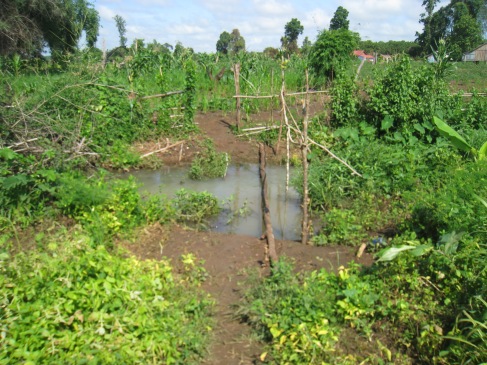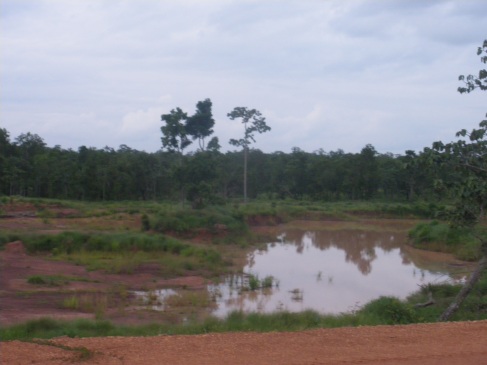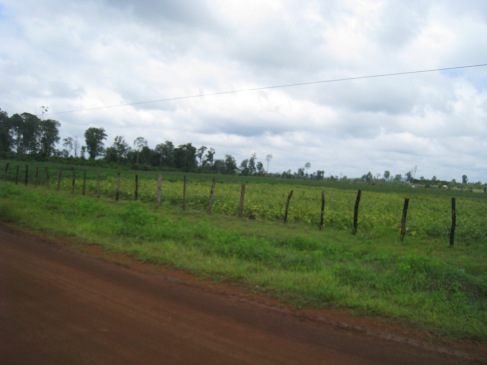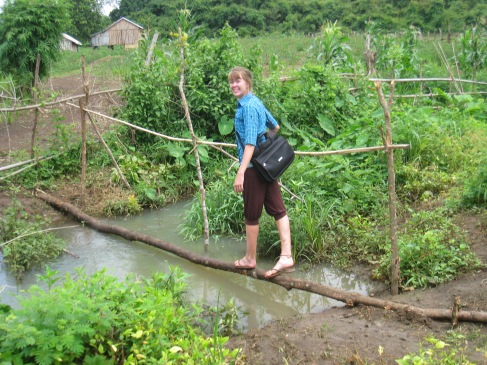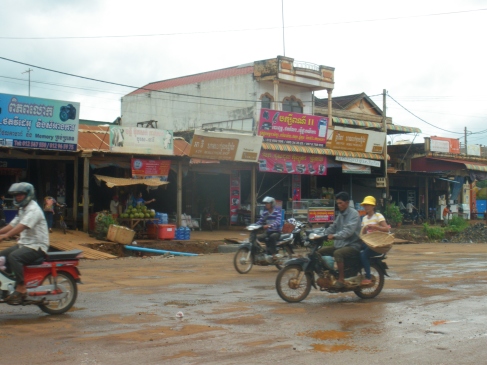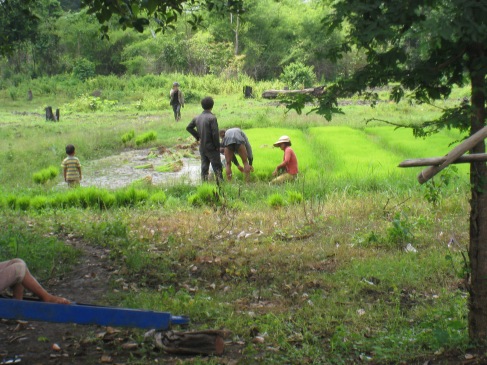To the Countryside!
^Some photos of Ratanikiri that I took last year^
After three months of meetings, workshops, activity planning, terms of reference drafting, budgeting, etc., I finished my anti-corruption work at UNODC. I gained an understanding of the inter-workings of the UN, mastered a rather complex subject matter area that will be useful in the future, and saw first-hand the inter-governmental process of implementing international treaty mechanisms. Overall, it was a great job, one that I’m glad to have in my back pocket of professional experiences.
I moved most of my stuff up to Ratanikiri, where I’ll be staying with my friend Bea for a while. The minivan ride, both ways, was brutal. On the way back to the city I found myself with no backrest for nearly the entire 10-hour bumpy ride. Luckily I have the superpower ability to sleep on any moving vehicle, so that made it bearable. I’ll drive my moto back up to the provinces next week, but I’m in the city for a week to do some preliminary research at the NGO I’m working with, Legal Aid of Cambodia (LAC, http://lac.org.kh/english/). LAC’s mission is to provide free, quality legal services to the indigent. LAC prides itself on maintaining a significant, permanent presence in rural Cambodia where 80% of the population resides, which is why my assistance in the provinces will be particularly relevant for them. I’ll help them with cases (mostly those involving land), workshops, education forums, and grant-writing throughout this year in Ratanikiri, Mondulkiri, and Phnom Penh. I’ll simultaneously conduct independent research on land, and any other side projects I come up with.
Someone recently asked me how I find Phnom Penh in comparison to the countryside. This was a surprisingly difficult question and I’m still not sure how to answer it. Living in the city for the last three months has been so different from my experience in the provinces. I definitely hang out with more foreigners than Cambodians in the city, watch more American films, eat more burgers and fries, enjoy more air con and constant access to WiFi. A drive down Monivong Boulevard includes tall French-colonial styled buildings, blinking neon signs, honking horns, pedestrians walking in the middle of the busy road, the smell of two-stroke engines, stoplights with scorching hot wait-times, high-rise apartments, guesthouse after guesthouse, laundry after laundry, café after café, Lexuses (Lexii?) speeding past. Khmer culture is not so in-your-face in Phnom Penh. It exists everywhere and in everything in some way, but if you want to forget you’re in Cambodia, it’s easy.
In Ratanikiri, there are about six foreigners, a few guesthouses with some large DVD collections, one restaurant with some decent pasta, one building–the bank–with air con, and long open expanses of greenery and farmland, muddy dirt roads, lots of rain, lots of dust, too many roosters crowing at 5:00am. It’s messy, in your face, uncomfortable at times. At the same time, it calls for a quiet, simple, reflective way of life.
These are large, obvious differences that anyone can assess, and I’m about to live them. I want to say more but I’m too exhausted to do a deep, academic analysis, which will come for another day when I have more time and sleep (the latter may not happen due to the roosters though). For now, the need to research is overwhelming and I’m not sure where to start. I don’t know what to do when I get to Ratanikiri, which other provinces I’ll live in, how often I’ll come back to the city, etc. Whatever happens, I have learned to appreciate both facets of Cambodian living, but I’m ready for at least a couple of months of Ratanikiri quiet. To the countryside!



